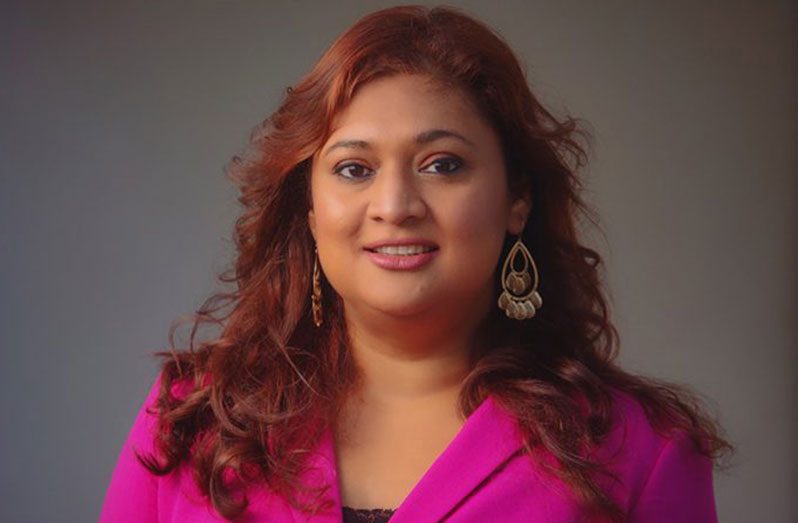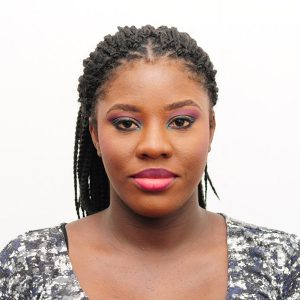With growing concerns for the learning loss being accumulated as schools remain closed, and the encouraging roll out of COVID-19 vaccination drives across the country, the Ministry of Education (MoE), is estimating a return to normalcy for public schools before the end of 2021.
In a recent exclusive sit down with the Guyana Chronicle, Education Minister, Priya Manickchand, said she believes that once COVID-19 becomes a treatable condition, the situation will no longer affect school reopening, with this being as soon as in the next few months.
“Yes, absolutely, I can see schools reopening in 2021. There probably won’t be a post COVID-19, because COVID-19 will be with us all the time, so there will be a post lockdown, where we would’ve been vaccinated or learn to live safely with COVID in our midst,” the minister noted.
She added: “In post lockdown, we will be back in school and we hope to do this as early as next couple of months and be back in the classroom across grades. And to have all the hand-washing facilities and toilets and running water be available.”
To cater for the continued roll out of programmes for students as schools continue to remain closed, $500 million has been set aside in the national budget for the COVID-19 Accelerated Programme. This programme caters for the creation, printing and distribution of worksheet to all students in the public school system, as well as the expansion of the Learning Channel, which the ministry is using to deliver timetabled content.
However, the minister said even as big as the provision may seem, maintaining education delivery during this pandemic has not been cheap.
“The worksheets are a very expensive enterprise printing for 170,000 students, each is 40 – 50 pages depending on how many weeks. It’s been very expensive and $500 million sounds like a lot but in the context of delivering to 170,000 students, it is just a drop in the bucket of what we need. In fact, if we are to stay closed for the entire third term we wouldn’t have enough in the budget; we would have to come back for a supplemental,” the minister explained.
ACTIVE CONSIDERATION
Notwithstanding the need for schools to reopen, the minister maintained that the opening of the school doors will depend on the go ahead from the Ministry of Health (MoH). Minister Manickchand explained, however, that even as the ministry awaits the full reopening of schools, in the interim, further partial re-opening of schools is being actively considered. “We might see not a national reopening but you might see specific location type opening or specific grades reopening depending on the advice from the Ministry of Health. I have to confirm with the Regional Health Officers and Minister of Health to see how they feel about this,” the minister said.
She noted that there has been consistent lobbying in particular from multiple villages in Region Nine. With only 429 cases having been recorded in the region over the past year, Region Nine is the fourth least affected region in Guyana.
“I think every single village in Region Nine has written me to ask for their schools to reopen. The toshaos, the parents, all the teachers, they’re saying we want to go back into the classroom. They’re saying we feel safe here; it is the same set of people who, during the day, are associating with each other, so they are questioning why we are locking the school door. So that’s really something to consider,” the minister explained.
Schools in Guyana have been closed since March 16, 2020, as part of the measures implemented to curb the spread of the COVID-19 virus. Students largely remained at home without any consistent education delivery for many months, before they were officially re-engaged from September, 2020 using a blended multi-faceted approach implemented by the ministry.
The strategy included the distribution of worksheets to each student in the public school system. Many of the students are also being engaged by teachers via virtual means, and timetable learning is being administered via the Learning Channel and the radio.
CONCERNS
Nonetheless, concerns continue to persist for the disadvantages being faced by students in the hinterland and other remote communities across the country which do not have access to the Internet. In November, schools were partially re-opened for the Grades 10, 11, and 12 as part of their preparation for the Caribbean Examinations Council (CXC) examinations. Technical and vocational institutions were also given the greenlight to re-open.
As the ministry continues to strive towards a full reopening of schools, the minister said that the assessment of the readiness of the school buildings continues to be examined. “We made great effort to finish the secondary schools first and those are finished. The primary schools are up and running enough for the Grade Six to go back in and write their [NGSA]. The nursery schools were not touched at all as far as I have been advised; all of these will be finished before the end of March,” the minister explained. She added: “Maintenance is always a problem because of the heavy traffic. We are going to try to make sure we keep that hygiene environment up and running.” Where it concerns the effects of learning loss that Guyana may experience after schools reopen, the minister noted that: “We’re going to do a lot and work very hard and put strategies in place to try to stem this from becoming something, we’re still feeling the effects from five years on. We’re trying to do some of that now.”



.jpg)








